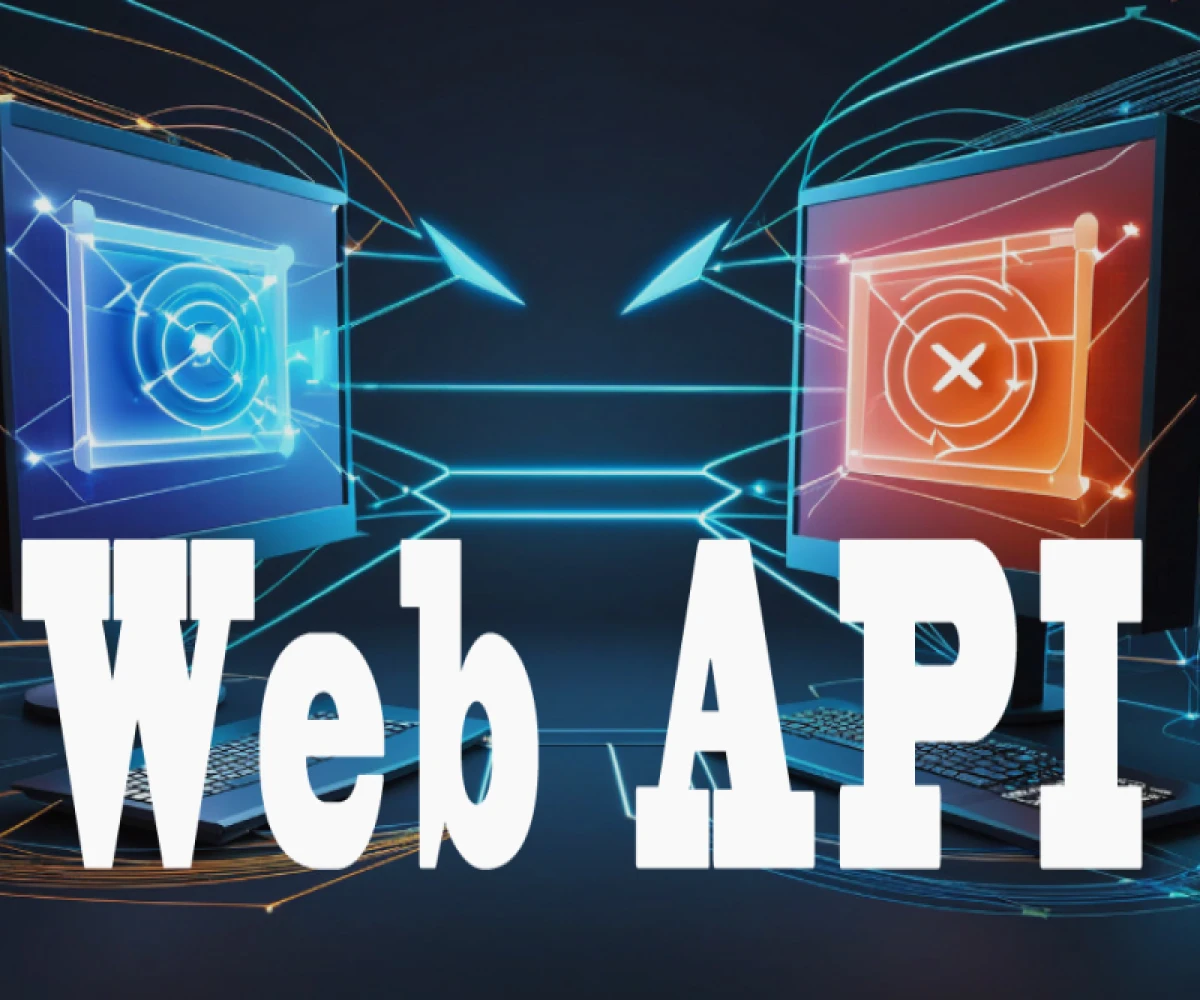
What is Web API?
Web APIs: The Secret Sauce of Modern Web Development
Imagine a world where web applications exist in isolation, unable to communicate or share data with each other. Sounds dull, right? Thankfully, that's not the reality! Application Programming Interfaces (APIs) act as the messengers, allowing web applications to interact and exchange information, making the web a more dynamic and powerful place.
What are Web APIs?
In simpler terms, web APIs are like waiters in a restaurant. They take your order (requests from your web application) and deliver it to the kitchen (external service) and bring back the response (data or functionality). This communication happens seamlessly behind the scenes, enabling web developers to leverage external functionalities and data to enhance their applications.
Types of Web APIs:
There are various flavors of web APIs, each catering to specific needs. Here's a breakdown of the most common types:
-
REST APIs (Representational State Transfer): These are the rockstars of web APIs, known for their simplicity and widespread adoption. They follow a clear set of rules for requesting and receiving data, often using HTTP verbs (GET, POST, PUT, DELETE) and JSON format for data exchange. A popular example is the Twitter API, which allows developers to access and manage Twitter data within their applications.
-
SOAP APIs (Simple Object Access Protocol): These APIs use XML for data exchange and follow a more structured approach compared to REST. While still relevant in some enterprise environments, SOAP APIs are gradually being replaced by the more lightweight RESTful approach.
-
GraphQL APIs: A rising star, GraphQL APIs provide a more flexible way to query data. Instead of requesting specific resources like in REST, developers can define exactly the data they need in a single request, improving efficiency and reducing the number of back-and-forth calls. Facebook utilizes GraphQL extensively in its developer platform.
Examples of Web APIs in Action:
-
Weather App: Ever wondered how your weather app displays up-to-date forecasts? It likely uses a weather API to retrieve real-time weather data from a service like OpenWeatherMap.
-
Social Logins: Signing in to a website using your Facebook or Google account? That's the magic of social login APIs, which allow users to leverage existing credentials for faster and more convenient sign-ups.
-
Payment Gateways: Seamless online transactions are powered by payment gateway APIs like Stripe or PayPal. These APIs handle secure communication between your web application and the payment processor.
-
Interactive Maps: Adding interactive maps to your website often involves integrating a mapping API like Google Maps. This allows users to explore locations, search for points of interest, and visualize data geographically.
The Benefits of Using Web APIs:
- Faster Development: APIs provide pre-built functionality, saving developers time and effort compared to building everything from scratch.
- Enhanced Functionality: Developers can leverage specialized services offered by APIs, extending the capabilities of their applications beyond what they could build themselves.
- Improved User Experience: APIs enable features like real-time data updates, social logins, and interactive maps, leading to a richer and more engaging user experience.
Conclusion:
Web APIs are the building blocks of a connected web. By understanding their types and how they work, you can appreciate the power they bring to modern web development. Next time you use a web application with features that seem magical, remember, there's probably a clever API working behind the scenes!


